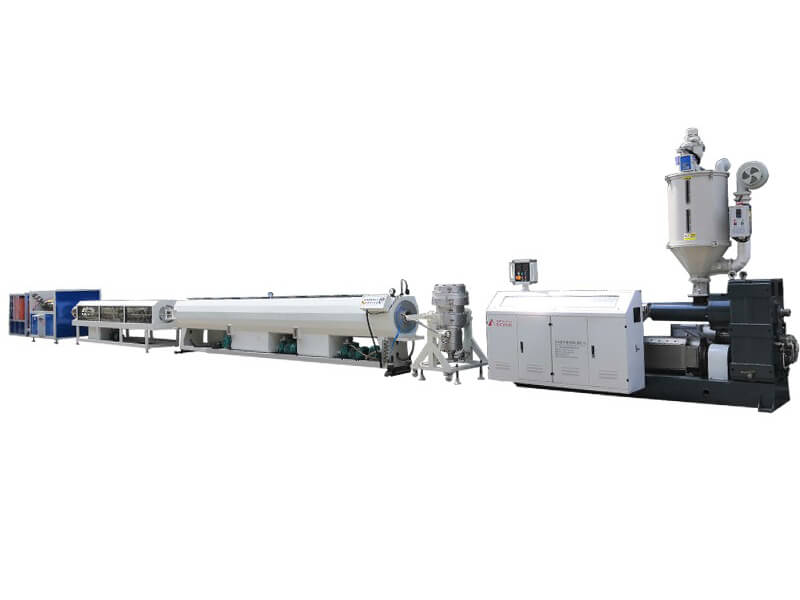
7. Shear rate plays a major role in viscosity
All common plastics have shear drop properties, meaning that the viscosity decreases as the plastic moves faster and faster. This effect is particularly pronounced for some plastics. For example some PVC will increase the flow rate by a factor of 10 or more when the thrust is doubled. In contrast, the LLDPE shear force did not drop too much, and its flow rate only increased by a factor of 3 to 4 when the inference was doubled. The reduced shear reduction effect means higher viscosity under extrusion conditions, which in turn means more motor power is required. This may explain why LLDPE operates at a higher temperature than LDPE. The flow is expressed as shear rate, which is about 100s-1 in the screw channel, between 100 and 100s-1 in most die dies, and greater than 100s-1 in the thread-to-barrel clearance and some small die gaps. The melt coefficient is a common measure of viscosity but is reversed (eg, flow/thrust instead of thrust/flow). Unfortunately, its measurement at shear rates of 10 s-1 or less and in extruders with fast melt flow rates may not be a true measurement.
8. The motor is opposed to the cylinder, and the cylinder is opposed to the motor
Why is the control of the barrel not always as expected, especially in the measurement area? If the barrel is heated, the material layer at the barrel wall becomes less viscous and the motor requires more energy to operate in this smoother barrel less , the motor current (amperage) drops. Conversely, if the barrel cools, the melt viscosity at the barrel wall increases, the motor must turn harder, the amperage increases, and some of the heat removed through the barrel is sent back by the motor. Generally, the barrel adjuster does have an effect on the melt, which is what we would expect, but nowhere is the effect as large as the area variation. It's best to measure the melt temperature to really understand what's going on.
The eighth rule doesn't apply to dies and dies, because there's no screw turning there. That's why outside temperature changes are more effective there. However, these changes are from the inside out and are not uniform unless homogenized in a stationary mixer, which is an effective tool for melt temperature changes as well as for mixing.